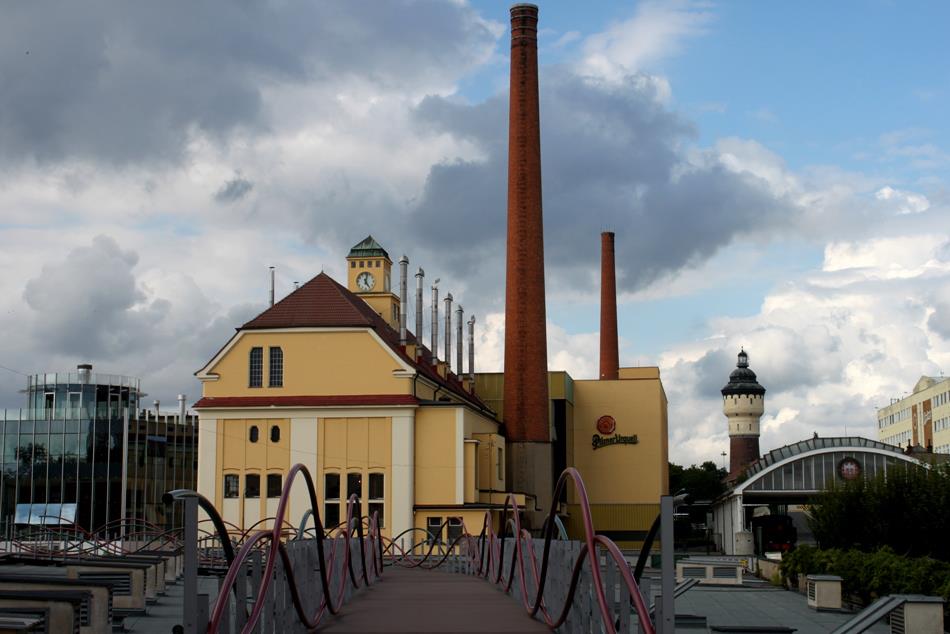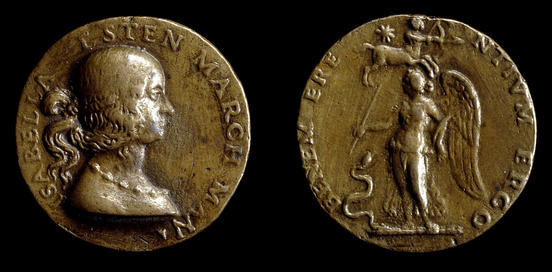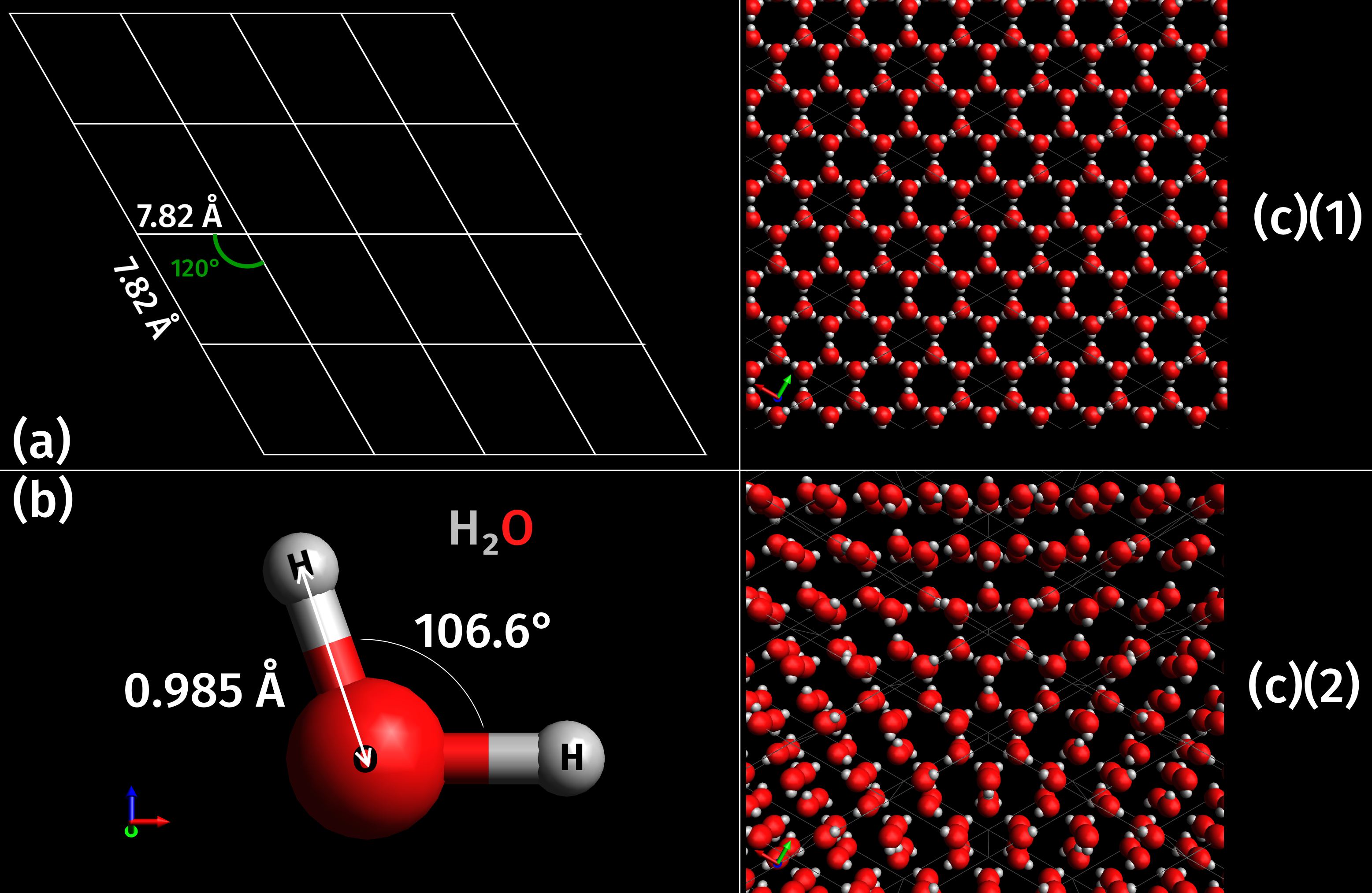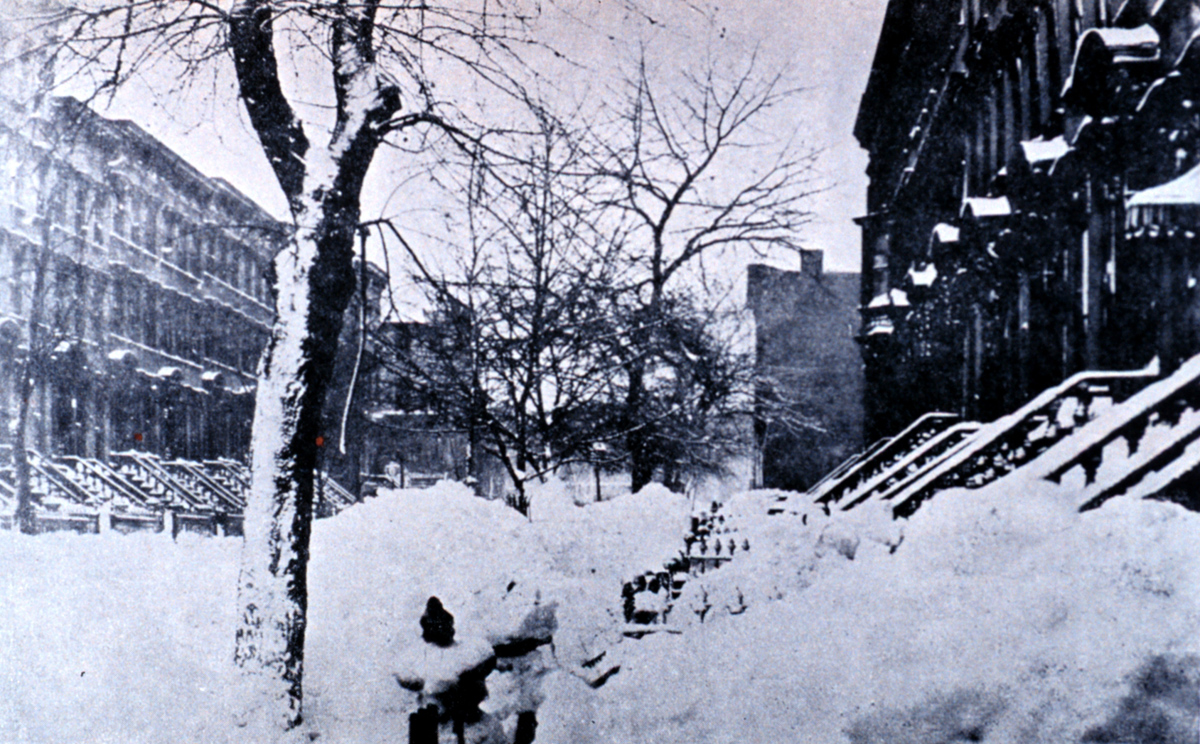|
Karel Wälzer
Karel Wälzer (28 August 1888 – January 1948) was a Czech ice hockey player who competed in the 1920 Summer Olympics, helping the Czechoslovakia national team win the bronze medal. The main goaltender for the team, Wälzer broke his thumb before the start of the tournament, was unable to play the first two games, against Canada and the United States, returning for the final match against Sweden Sweden, formally the Kingdom of Sweden, is a Nordic countries, Nordic country located on the Scandinavian Peninsula in Northern Europe. It borders Norway to the west and north, and Finland to the east. At , Sweden is the largest Nordic count .... Wälzer helped Czechoslovakia win, giving the team the bronze. References External links * * 1888 births 1948 deaths Czech ice hockey goaltenders Czechoslovak ice hockey goaltenders Ice hockey people from Plzeň Ice hockey players at the 1920 Summer Olympics Medalists at the 1920 Summer Olympics Olympic bronze medalists for ... [...More Info...] [...Related Items...] OR: [Wikipedia] [Google] [Baidu] |
Plzeň
Plzeň (), also known in English and German as Pilsen (), is a city in the Czech Republic. It is the Statutory city (Czech Republic), fourth most populous city in the Czech Republic with about 188,000 inhabitants. It is located about west of Prague, at the confluence of four rivers: Mže, Úhlava, Úslava and Radbuza, together forming the Berounka River. Founded as a royal city in the late 13th century, Plzeň became an important town for trade on routes linking Bohemia with Bavaria. By the 14th century it had grown to be the third largest city in Bohemia. The city was besieged three times during the 15th-century Hussite Wars, when it became a centre of resistance against the Hussites. During the Thirty Years' War in the early 17th century the city was temporarily occupied after the Siege of Plzeň. In the 19th century, the city rapidly industrialised and became home to the Škoda Works, which became one of the most important engineering companies in Austria-Hungary and later ... [...More Info...] [...Related Items...] OR: [Wikipedia] [Google] [Baidu] |
United States Men's National Ice Hockey Team
The United States men's national ice hockey team represents the United States in men's international ice hockey. The team is controlled by USA Hockey, the governing body for organized ice hockey in the United States. The U.S. team is currently ranked 6th in the IIHF World Rankings. The U.S. won gold medals at the Ice hockey at the 1960 Winter Olympics, 1960 and the Ice hockey at the 1980 Winter Olympics, 1980 Olympics and more recently, silver medals at the Ice hockey at the 2002 Winter Olympics, 2002 and Ice hockey at the 2010 Winter Olympics, 2010 Olympics. The U.S. also won the 1996 World Cup of Hockey, defeating Canada men's national ice hockey team, Canada in the finals. The team's most recent medal at the Ice Hockey World Championships, World Championships came in with a historic gold in 2025 IIHF World Championship, 2025, their first victory in the tournament since 1960 and third overall (also in 1933 World Ice Hockey Championships, 1933). Unlike other nations, the U.S. d ... [...More Info...] [...Related Items...] OR: [Wikipedia] [Google] [Baidu] |
Medalists At The 1920 Summer Olympics
A medal or medallion is a small portable artistic object, a thin disc, normally of metal, carrying a design, usually on both sides. They typically have a commemorative purpose of some kind, and many are presented as awards. They may be intended to be worn, suspended from clothing or jewellery in some way, although this has not always been the case. They may be struck like a coin by dies or die-cast in a mould. A medal may be awarded to a person or organisation as a form of recognition for sporting, military, scientific, cultural, academic, or various other achievements. Military awards and decorations are more precise terms for certain types of state decoration. Medals may also be created for sale to commemorate particular individuals or events, or as works of artistic expression in their own right. In the past, medals commissioned for an individual, typically with their portrait, were often used as a form of diplomatic or personal gift, with no sense of being an award ... [...More Info...] [...Related Items...] OR: [Wikipedia] [Google] [Baidu] |
Ice Hockey Players At The 1920 Summer Olympics
Ice is water that is frozen into a solid state, typically forming at or below temperatures of 0 ° C, 32 ° F, or 273.15 K. It occurs naturally on Earth, on other planets, in Oort cloud objects, and as interstellar ice. As a naturally occurring crystalline inorganic solid with an ordered structure, ice is considered to be a mineral. Depending on the presence of impurities such as particles of soil or bubbles of air, it can appear transparent or a more or less opaque bluish-white color. Virtually all of the ice on Earth is of a hexagonal crystalline structure denoted as ''ice Ih'' (spoken as "ice one h"). Depending on temperature and pressure, at least nineteen phases ( packing geometries) can exist. The most common phase transition to ice Ih occurs when liquid water is cooled below (, ) at standard atmospheric pressure. When water is cooled rapidly (quenching), up to three types of amorphous ice can form. Interstellar ice is overwhelmingly low-density amorphous ice (LDA), ... [...More Info...] [...Related Items...] OR: [Wikipedia] [Google] [Baidu] |
Czechoslovak Ice Hockey Goaltenders
Czechoslovak may refer to: *A demonym or adjective pertaining to Czechoslovakia (1918–93) **First Czechoslovak Republic (1918–38) **Second Czechoslovak Republic (1938–39) **Third Czechoslovak Republic (1948–60) **Fourth Czechoslovak Republic (1960–89) **Fifth Czechoslovak Republic (1989–93) *''Czechoslovak'', also ''Czecho-Slovak'', any grouping of the Czech and Slovak ethnicities: **As a national identity, see Czechoslovakism **The title of Symphony no. 8 in G Major op. 88 by Antonín Dvořák in 1889/90 *The Czech–Slovak languages, a West Slavic dialect continuum **The Czechoslovak language, a theoretical standardized form defined as the state language of Czechoslovakia in its Constitution of 1920 **Comparison of Czech and Slovak See also * Slovak Republic (other) * Czech Republic (other) * Czechia (other) * Slovak (other) * Czech (other) Czech may refer to: * Anything from or related to the Czech Republic, a country ... [...More Info...] [...Related Items...] OR: [Wikipedia] [Google] [Baidu] |
Czech Ice Hockey Goaltenders
Czech may refer to: * Anything from or related to the Czech Republic, a country in Europe ** Czech language ** Czechs, the people of the area ** Czech culture ** Czech cuisine * One of three mythical brothers, Lech, Czech, and Rus *Czech (surname) *Czech, Łódź Voivodeship, Poland *Czechville, Wisconsin, unincorporated community, United States See also * Čech, a surname * Czech lands * Czechoslovakia * List of Czechs * * * Check (other) * Czechoslovak (other) * Czech Republic (other) * Czechia (other) Czechia is the official short form name of the Czech Republic. Czechia may also refer to: * Historical Czech lands *Czechoslovakia (1918–1993) *Czech Socialist Republic (1969–1990) *Protectorate of Bohemia and Moravia (1939–1945) See also ... {{disambiguation Language and nationality disambiguation pages ... [...More Info...] [...Related Items...] OR: [Wikipedia] [Google] [Baidu] |
1948 Deaths
Events January * January 1 ** The General Agreement on Tariffs and Trade (GATT) is inaugurated. ** The current Constitutions of Italy and of New Jersey (both later subject to amendment) go into effect. ** The railways of Britain are nationalized, to form British Railways. * January 4 – Burma gains its independence from the United Kingdom, becoming an independent republic, named the ' Union of Burma', with Sao Shwe Thaik as its first President and U Nu its first Prime Minister. * January 5 – In the United States: ** Warner Brothers shows the first color newsreel ('' Tournament of Roses Parade'' and the '' Rose Bowl Game''). ** The first Kinsey Report, ''Sexual Behavior in the Human Male'', is published. * January 7 – Mantell UFO incident: Kentucky Air National Guard pilot Thomas Mantell crashes while in pursuit of an unidentified flying object. * January 12 – Mahatma Gandhi begins his fast-unto-death in Delhi, to stop communal violenc ... [...More Info...] [...Related Items...] OR: [Wikipedia] [Google] [Baidu] |
1888 Births
Events January * January 3 – The great telescope (with an objective lens of diameter) at Lick Observatory in California is first used. * January 12 – The Schoolhouse Blizzard hits Dakota Territory and the states of Montana, Minnesota, Nebraska, Kansas and Texas, leaving 235 dead, many of them children on their way home from school. * January 13 – The National Geographic Society is founded in Washington, D.C. * January 19 – The Battle of the Grapevine Creek, the last major conflict of the Hatfield–McCoy feud in the Southeastern United States. * January 21 – The Amateur Athletic Union is founded by William Buckingham Curtis in the United States. * January 26 – The Lawn Tennis Association is founded in England. February * February 27 – In West Orange, New Jersey, Thomas Edison meets with Eadweard Muybridge, who proposes a scheme for sound film. March * March 8 – The Agriculture College of Utah (later Utah State University) i ... [...More Info...] [...Related Items...] OR: [Wikipedia] [Google] [Baidu] |
Sweden Men's National Ice Hockey Team
The Sweden men's national ice hockey team () is governed by the Swedish Ice Hockey Association. It is one of the most successful national ice hockey teams in the world and a member of the so-called " Big Six", the unofficial group of the six strongest men's ice hockey nations, along with Canada, the Czech Republic, Finland, Russia and the United States. The team's nickname ''Tre Kronor'', meaning " Three Crowns", refers to the emblem on the team jersey, which is found in the lesser national coat of arms of the Kingdom of Sweden. The first time this emblem was used on the national team's jersey was on 12 February 1938, during the World Championships in Prague. The team has won numerous medals at both the World Championships and the Winter Olympics. In 2006, they became the first team to win both tournaments in the same calendar year, by winning the 2006 Winter Olympics in a thrilling final against Finland by 3–2, and the 2006 World Championships by beating Czech Republi ... [...More Info...] [...Related Items...] OR: [Wikipedia] [Google] [Baidu] |
Canada Men's National Ice Hockey Team
The Canada men's national ice hockey team (popularly known as Team Canada; ) is the ice hockey team representing Canada internationally. The team is overseen by Hockey Canada, a member of the International Ice Hockey Federation. From 1920 until 1963, Canada's international representation was by senior amateur club teams. Canada's national men's team was founded in 1963 by Father David Bauer as a part of the Canadian Amateur Hockey Association, playing out of the University of British Columbia. The nickname "Team Canada" was first used for the 1972 Summit Series and has been frequently used to refer to both the Canadian national men's and women's teams ever since. Canada is the leading national ice hockey team in international play, having won the 1972 Summit Series against the Soviet Union, a record four Canada Cups dating back to 1976, a record two World Cups of Hockey, a rec ... [...More Info...] [...Related Items...] OR: [Wikipedia] [Google] [Baidu] |
Austria-Hungary
Austria-Hungary, also referred to as the Austro-Hungarian Empire, the Dual Monarchy or the Habsburg Monarchy, was a multi-national constitutional monarchy in Central Europe#Before World War I, Central Europe between 1867 and 1918. A military and diplomatic alliance, it consisted of two sovereign states with a single monarch who was titled both the Emperor of Austria and the King of Hungary. Austria-Hungary constituted the last phase in the constitutional evolution of the Habsburg monarchy: it was formed with the Austro-Hungarian Compromise of 1867 in the aftermath of the Austro-Prussian War, following wars of independence by Hungary in opposition to Habsburg rule. It was dissolved shortly after Dissolution of Austria-Hungary#Dissolution, Hungary terminated the union with Austria in 1918 at the end of World War 1. One of Europe's major powers, Austria-Hungary was geographically the second-largest country in Europe (after Russian Empire, Russia) and the third-most populous (afte ... [...More Info...] [...Related Items...] OR: [Wikipedia] [Google] [Baidu] |








